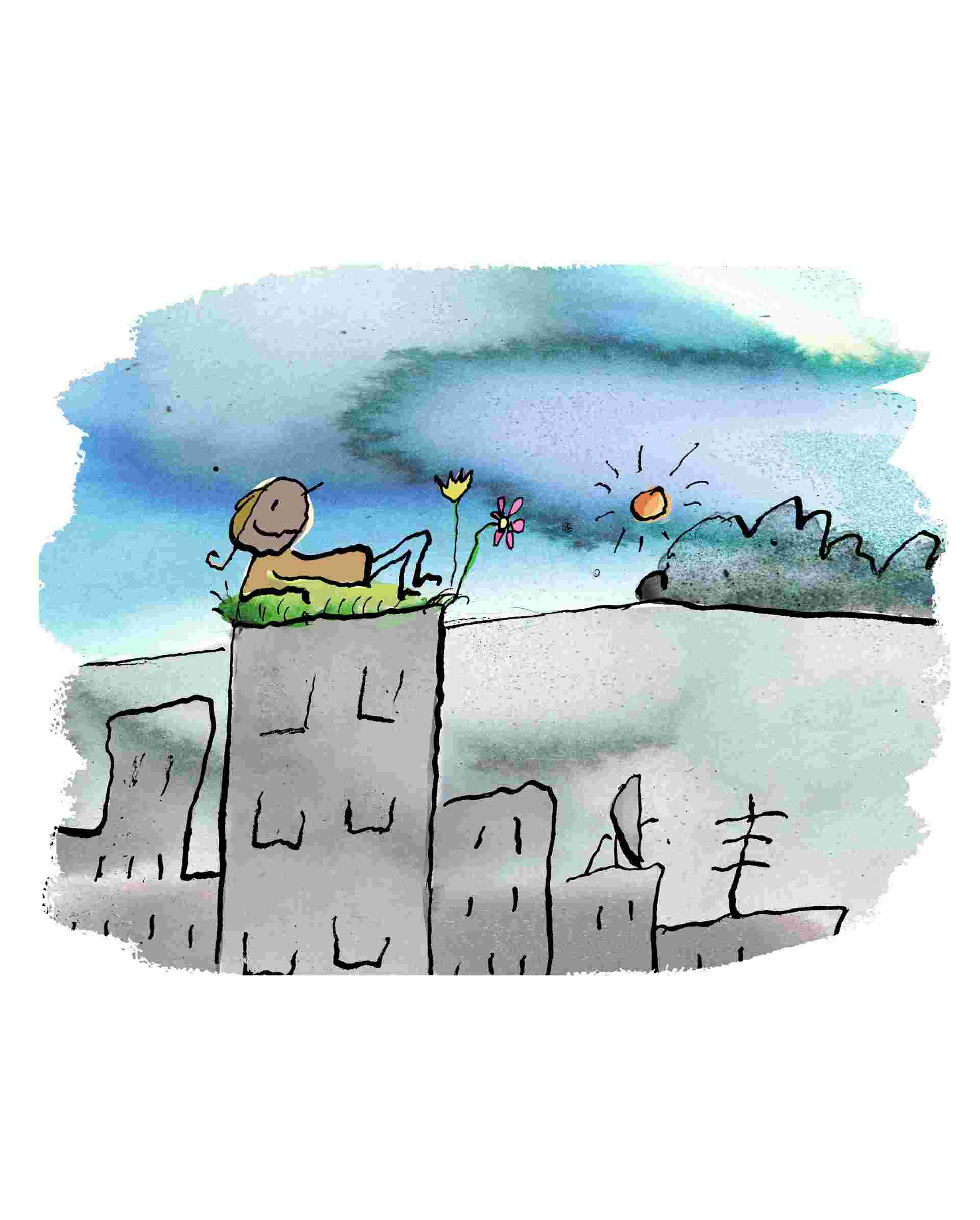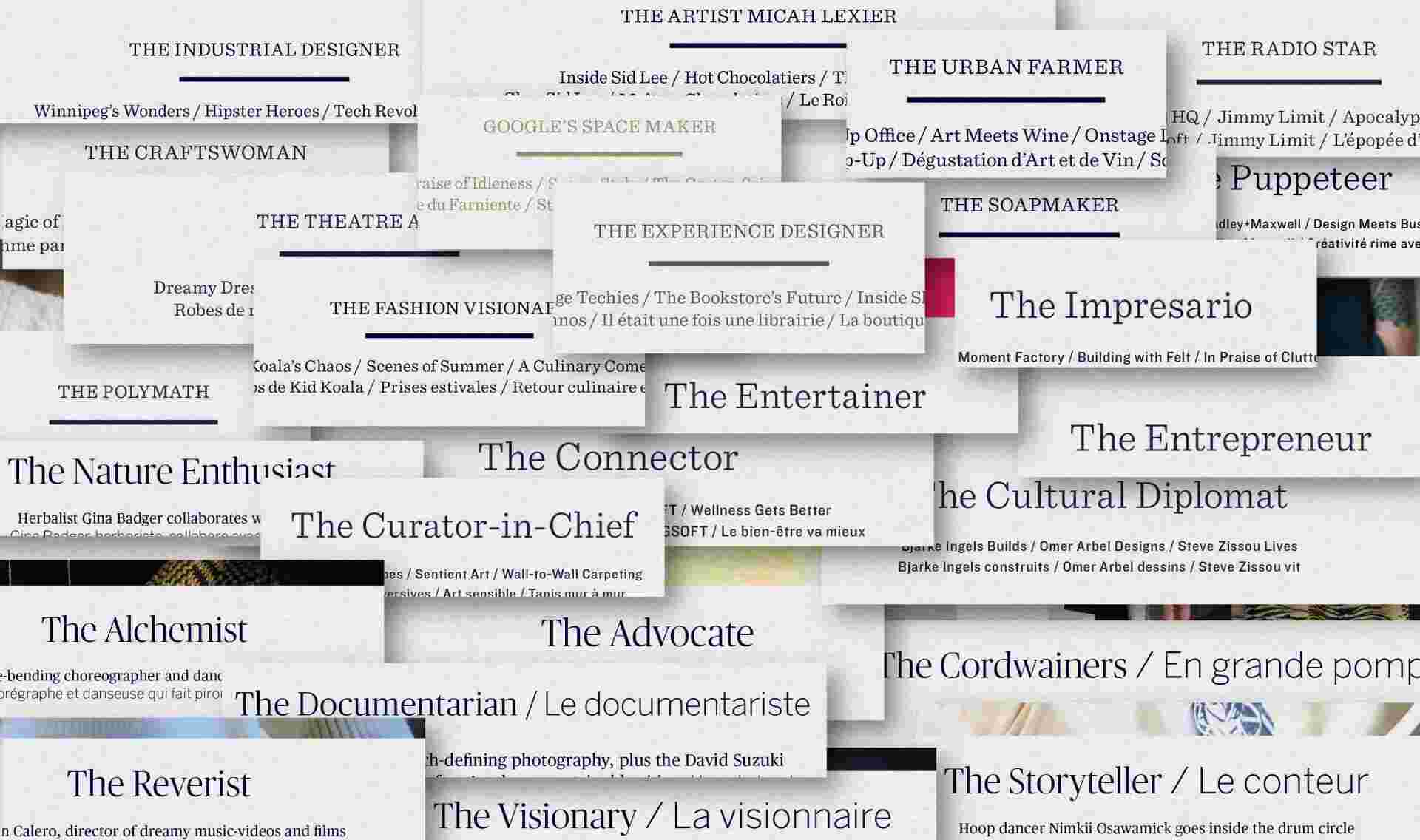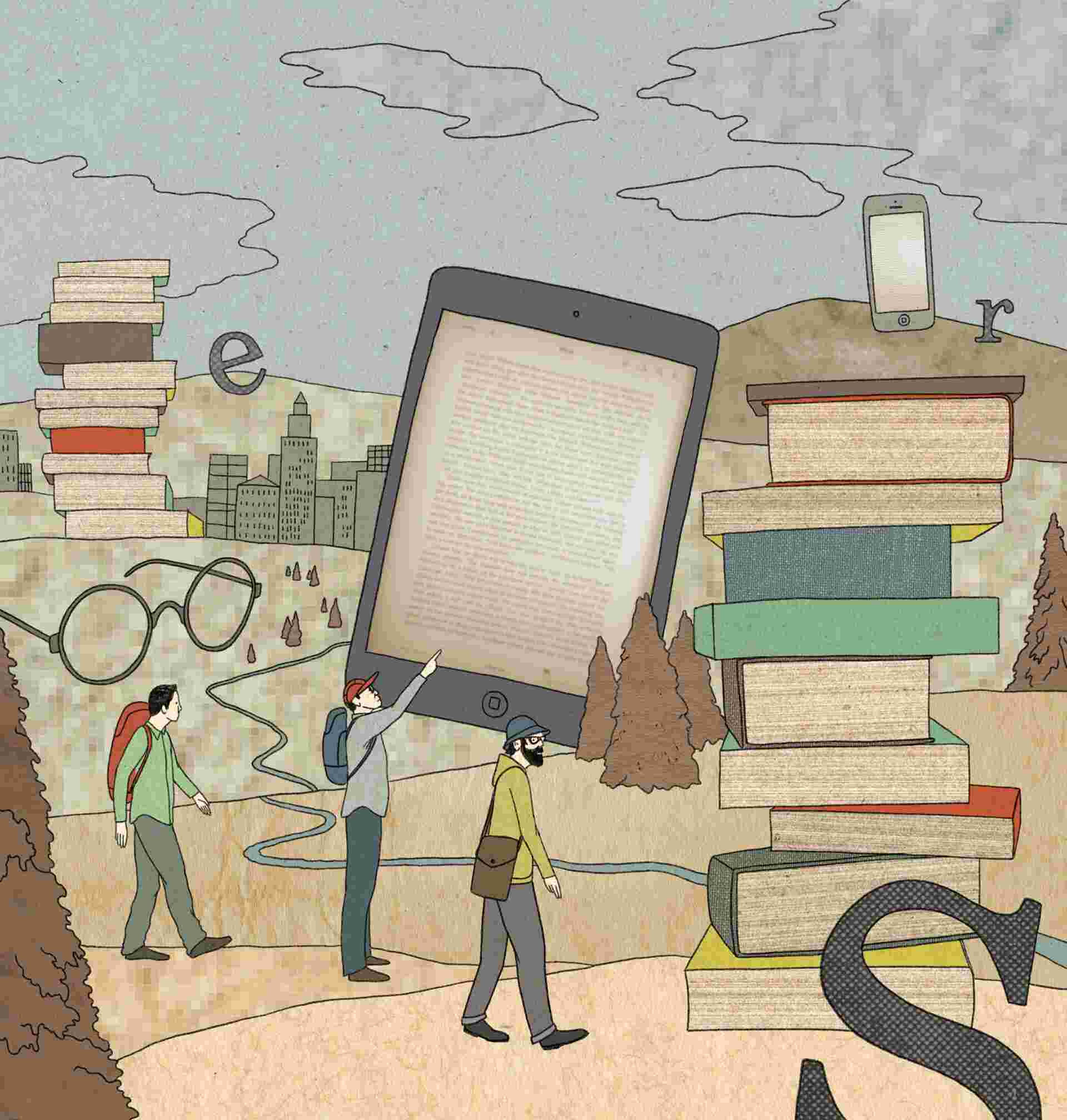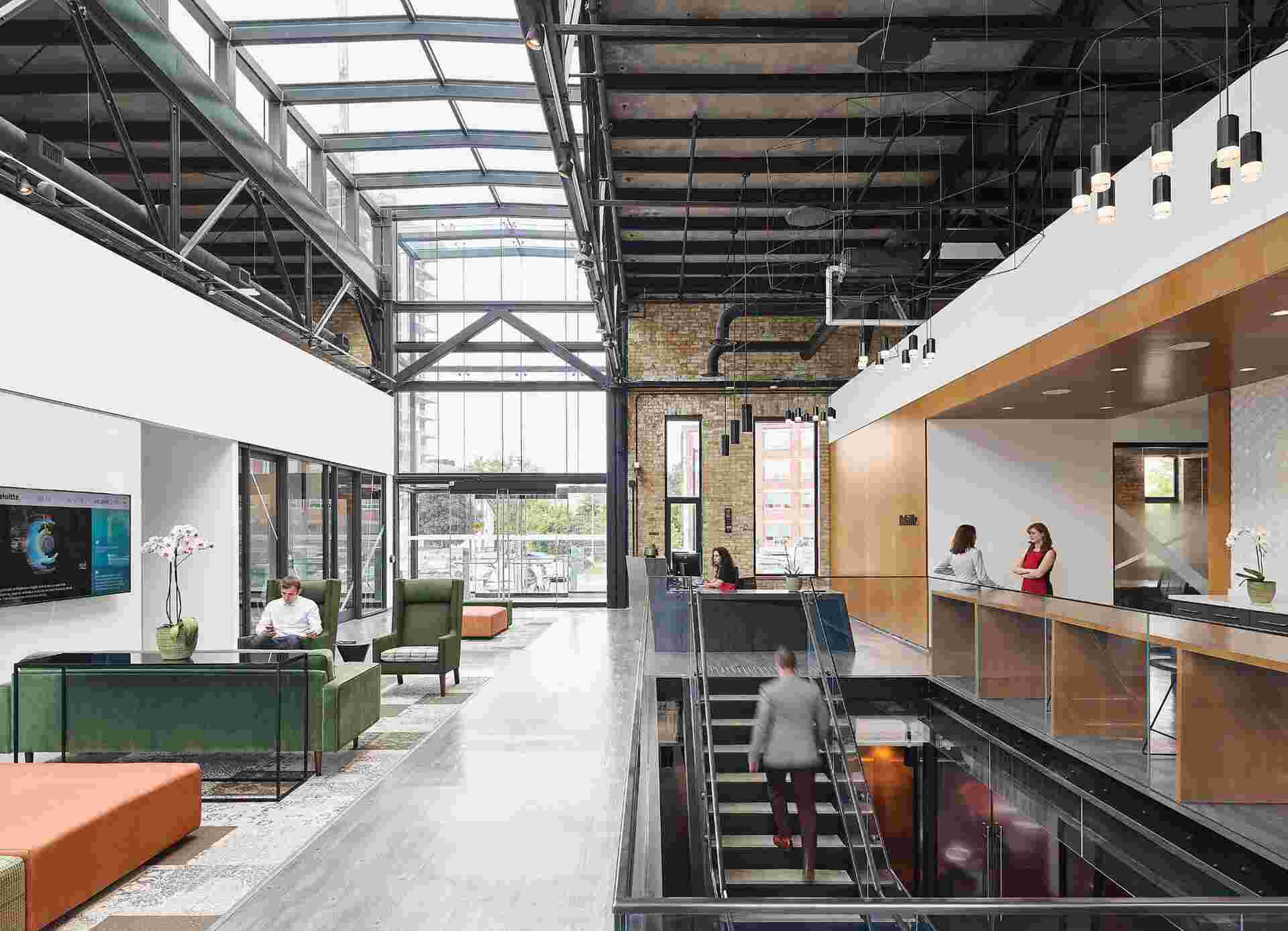
Deus Exurban Machina
Rethink People in the city always want to move. To a bigger apartment. To a house with a yard. Downtown. Uptown. Or out of the city entirely.

Over the course of 26 issues, Block has featured a plethora of subjects on its cover. Who else would you need for a functioning society? (Albeit, we’re missing the all-important butcher, baker and candlestick maker.
Incredibly, this year marks the 10th anniversary of Block. As our previous editor-in-chief, Ben Leszcz, noted, that is longer than the lifespan of many great magazines. That kind of longevity merits a dose of reflection and a soupçon of celebration.
Before we close out 2023, we thought, let’s take a moment — rather, an entire issue! — to look back and to look forward to the next 10 years with a special edition that honours our cities and the creatives who inhabit them and sustain their vitality.
After all, that’s the driving force behind Block, its raison d’être. Published by Allied since 2013, initially each quarter and eventually biannually, the magazine has always been a celebration of creativity and community, of the knowledge-based industries that Allied’s properties serve and beyond — to a broader pan-Canadian fellowship of artists, designers, innovators, urbanists, industrialists and thinkers of all stripes.
A magazine can feel a lot like a city. It is full of people, opinions, ideas and spaces to wander through. You can move through in linear fashion, cover to cover, as if walking along an avenue. Or — as many of us are wont to do — you can pop in here and there, like you’ve just ascended from a subway into a new neighbourhood. It can feel energetic (ideally not chaotic) and it can be inspiring (hopefully not hokey).

Why do we love print?
In Block’s inaugural issue, Ian Cochran, co-founder of Victoria’s renowned Munro’s Books, told us, “People tend to comprehend and retain electronic text less effectively compared to the tactile experience of reading a physical book” (Issue 1, 2013). Cochran was referencing a study from Scientific American. Meanwhile, researchers in the U.K. have shown that reading can also help reduce stress levels.
Illustration by Marco Cibola
Like a city or building, a magazine is a physical thing, to be experienced temporally and with your senses.
It is also, of course, a vehicle for storytelling, which remains a critical tool — our best, maybe? — for relaying and processing information, especially in these input-saturated, algorithmically controlled, primarily digitally interfaced and disruptive times.
Much has changed since 2013 in the global context. We’ve witnessed the Paris Agreement on climate change; broad legalization of same-sex marriage; a new sharing economy; a racial reckoning and the rise of social justice movements like Truth and Reconciliation, Black Lives Matter and #MeToo; a warming climate and the emergence of “fire season”; and parabolic-curve-shaped advancements in AI and machine learning — not to mention a global pandemic that rocked national economies and affected, tragically or in the most banal of ways, most every person on the planet.
The very nature of work — what it is and how and where we do it — has changed too, and so have workplaces and work culture. But then, they were already in a state of flux 10 years ago. The more progressive factions were moving away from cubicles toward increasingly flexible layouts — even with innovative play and biophilic features — paired with a more concerted interest in health and wellness, all based in a better understanding of how to get the best out of a creative workforce and from an increasingly competitive talent pool.

A study found that “the ceiling height in a room changes the way your brain processes information: Higher ceilings foster creativity and emotion, while lower ones promote more practical thinking.” This “ceiling effect” demonstrates the impact of thoughtfully selecting and configuring environments for specific kinds of work and activity5 (Issue 16, 2018).
Photo courtesy of Allied REIT
At Block, we’ve had front-row seats to watch some of these changes play out and the privilege to glimpse behind closed doors at so many inspired work environments, from creative agency Rethink’s Toronto office, with its traffic-pylon pendant lights and glamping tents (Issue 8, 2015), to the “organized chaos” of Ubisoft’s versatile, vibrant workshop inspired by Montreal’s Mile End (Issue 9, 2015) to architect Perkins&Will’s Vancouver studio “alive with plant life and activity” (Issue 22, 2021).
We’ve also had some eye-opening conversations over the years, on topics as important and varied as how we might begin the process of decolonizing our design (Issue 21, 2020) and arts institutions (Issue 22, 2021) to the ways our building code is failing a large portion of the disabled population (Issue 25, 2022). We learned from author and urbanist Charles Montgomery the recipe for a happy city (Issue 18, 2019) and received advice from Ray Reddy, CEO of order-ahead app Ritual, to the tune of “slow down and hone your skills” (remarkable, coming from a tech guy) (Issue 18, 2019).
We’re deeply moved by and grateful to all the people, opinions, ideas and spaces that have passed through Block over the course of 26 issues. Whole cities of people. A world of ideas. A majesty of artist contributions and visuals, each telling its own story (or a thousand). As a supplement to our familiar and favourite sections, in this issue we’re honouring our past contributors (p. 6), indulging in our catalogue of Artist’s Blocks (p. 18) and, throughout, reflecting on some of our favourite moments from the past 10 years of the magazine.
We’re also celebrating new achievements and looking forward. Take, for instance, the renovation of Allied’s 1001 Robert-Bourassa in Montreal, a remarkable space that layers the physical and digital experience, authored by architects Gensler and experience designers Moment Factory (The Moment, p. 12). (Make a DIY mini model of the building with The Blueprint, p. 41.) Then there’s Jason Logan, our creator, who has for years created illustrations for the magazine, this issue included (Rethink, p. 39). We look at his broader fascinating practice as an inkmaker (The Creator, p. 24). And, finally, we hear from urban planner Lourdes Juan and urban thinker Marcin Kedzior (The Conversation, p. 30) on, among other things, the musicality — nay, the polyrhythmic symphonic cacophony! — of cities and how urban planning can be a form of fortune telling.
Change is inevitable. Cities — and magazines — grow, recede and sometimes dwindle and die. But here at Block, and at Allied, we hold on to the philosophy conçu pour durer, which means “built to last,” as it applies to both brick-and-beam buildings and robust creative communities. Maybe “built for change-and-embracing-whatever-comes-next” is more accurate.
Here’s to the next 10.